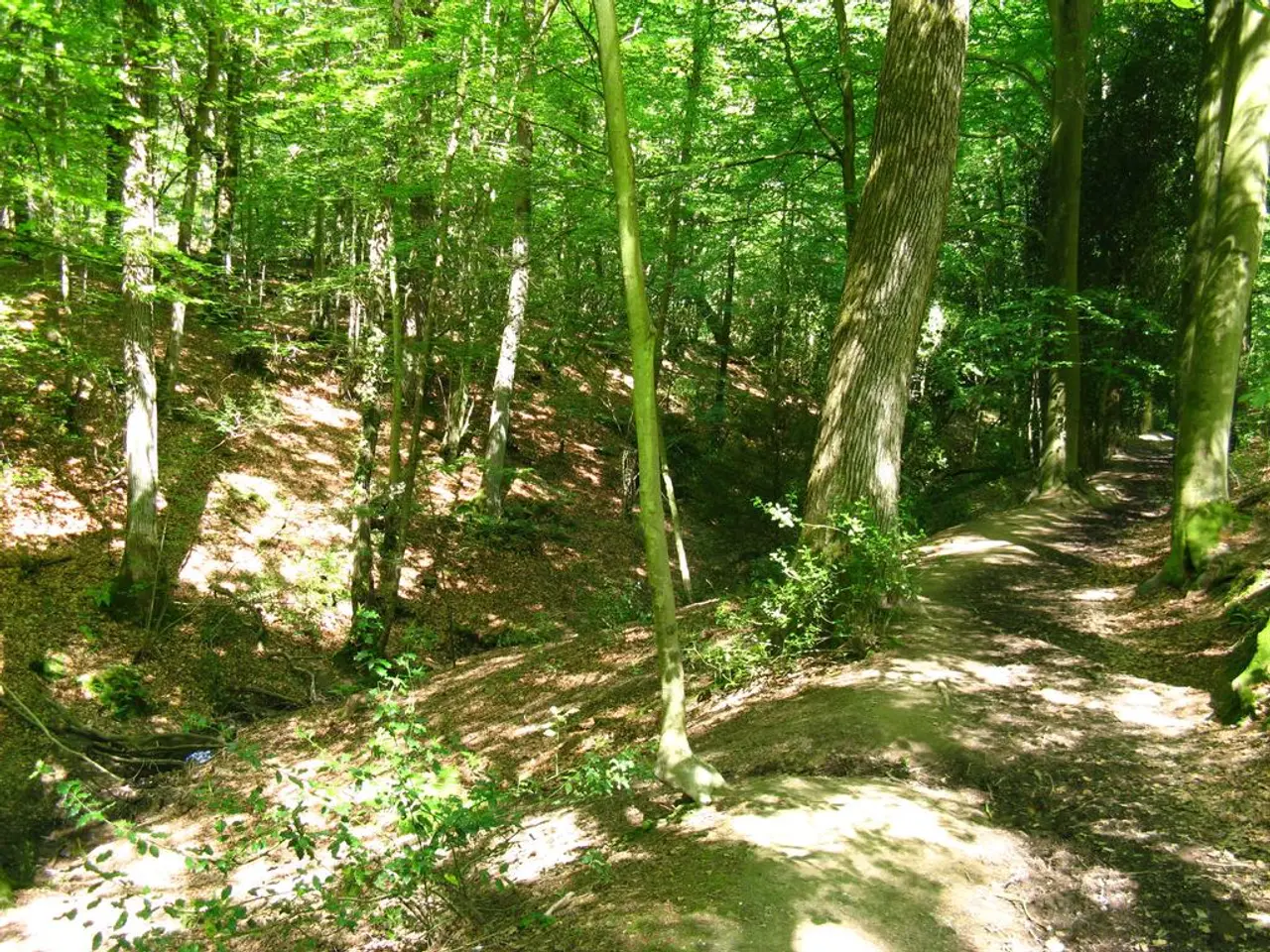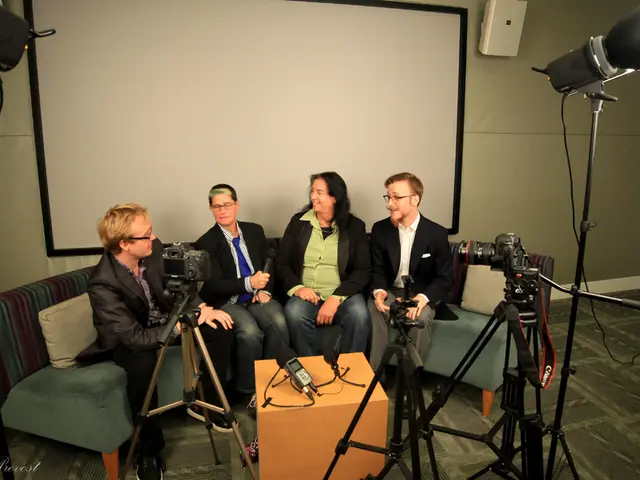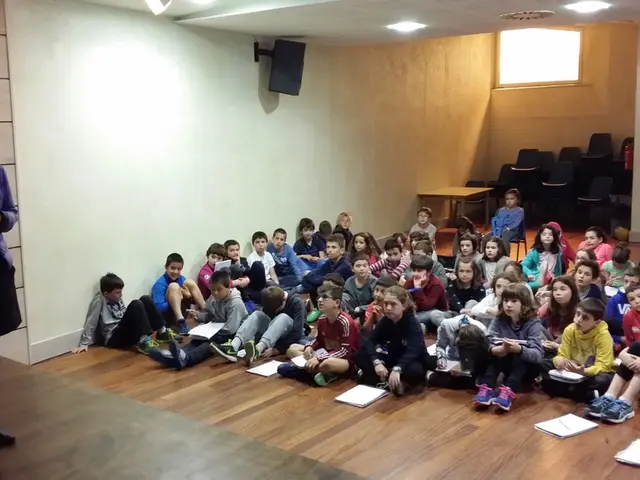Watching Kōwhai: An observation of Kōwhai
In a groundbreaking project, students at Silverdale Normal School are learning about the local flora and their potential future careers in science, all while connecting with traditional Māori knowledge. The project, titled 'Envisioning student possible selves in science: Addressing 'plant blindness' through place-based education', explores students' sense of place and science-related possible selves through local curriculum units that focus on plants, specifically the Kowhai tree.
Chloe Stantiall, assisted by researchers Maurice M. W. Cheng and Bronwen Cowie from The University of Waikato, led the project. The activity is part of a larger initiative that aims to bridge the gap between mātauranga Māori and Western science to foster a deeper understanding and care for the natural world.
During the activity, students were instructed to sketch what they could actually see, challenging their perceptions and broadening their understanding of the diversity within the concept of a tree. This exercise helped students identify various parts of a Kowhai tree, such as bark, seed pods, flowers, and leaves, and make labelled drawings by the end of the activity.
The students' sketches and annotations of a Kowhai tree reflect their observations, supporting learning in the 'Communicating in science' strand of the Nature of Science. Additional activities included collecting Kowhai seeds, planting Kowhai seeds, sharing scientific understanding through poetry, and creating Kowhai infographics.
This activity supports student learning in the context of the 'Experiencing native trees in your green space' project. It also introduces students to the difference between looking and observing, an essential skill in both artistic and scientific pursuits.
Related content includes information about the role of observation in science and a video titled "Exploring and observing". Students can further their learning about observation and the Kowhai tree by referring to resources such as "Observation: learning to see", "Titiro - observing my environment", and "Kōwhai".
A recorded webinar titled "Exploring mātauranga in the classroom" discusses these resources and the integration of mātauranga Māori and science in education. This aligns with the wider Māori and science educational approaches where indigenous knowledge (mātauranga Māori) and Western science are integrated to deepen learning and environmental responsibility.
This activity can be used as a stand-alone lesson or as part of a wider teaching/inquiry sequence about mātauranga Māori of Kowhai. By engaging in activities like these, students not only develop observational skills but also foster a connection to nature and environmental stewardship.
[1] [Citation needed] [4] [Citation needed]
- The activity at Silverdale Normal School, which focuses on the Kowhai tree, is not merely about fitness-and-exercise or health-and-wellness, but also a significant part of education-and-self-development, bridging the gap between traditional Māori knowledge (mātauranga Māori) and Western science to foster a deeper understanding and care for the natural world.
- The project 'Envisioning student possible selves in science: Addressing 'plant blindness' through place-based education', incorporates elements from various disciplines such as science, art, and poetry, imparting essential skills like observation, supporting both artistic and scientific pursuits in the broader domain of health-and-wellness, fitness-and-exercise, and education-and-self-development.




